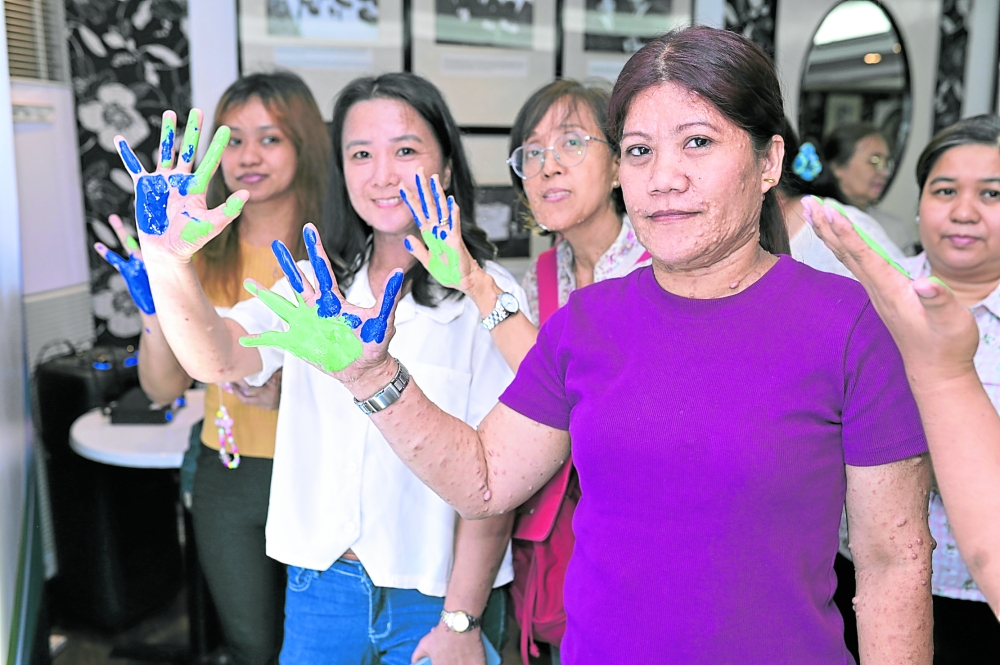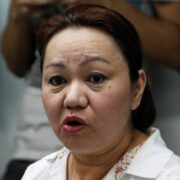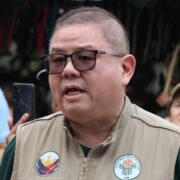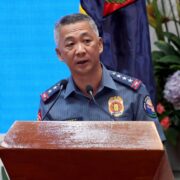Living with neurofibromatosis

Jorge Abril, an Information Technology student with neurofibromatosis (NF), often struggles to fall asleep before medical procedures, a difficulty worsened by his ADHD.
“If I manage to fall asleep quickly, then it’s relatively easy,” he said, explaining that his parents would tell him bedtime stories or he would take medication to help him doze off.
His first MRI required sedation, which can make it harder for doctors to get clear images. More recently, during an MRI without sedation, his mother stayed by his side, gently reminding him to stay still despite the restlessness caused by his ADHD.
Reflecting on his journey, Abril wrote years ago about the challenges he faced growing up with NF. Bullied and self-conscious about his appearance, he changed schools multiple times and often avoided social situations.
NF, which causes tumors to grow on nerves, varies greatly in how it affects individuals. Some people are diagnosed with neurofibromatosis in early childhood and face changes that can be slow and unpredictable over time.
One common issue is the growth of plexiform neurofibromas, which are clusters of benign (non-cancerous) tumors that develop along nerves and can become large and painful, sometimes causing disfigurement or pressure on nearby organs.
In more serious cases, these tumors can transform into malignant peripheral nerve sheath tumors (MPNST), a rare but aggressive type of cancer that develops in the protective lining around the nerves. This progression can lead to severe complications and requires careful medical monitoring.
Abril found strength in a few close friends and the support of his family. “I am thankful to God for my life with NF, as it has shaped who I am,” he said, now speaking publicly to represent others living with the condition.
Rare genetic disorder
At a recent press conference on neurofibromatosis (NF), patients and advocates shared deeply personal accounts of living with the rare genetic disorder, underscoring both the medical challenges and the gaps in public awareness and healthcare support.
Several speakers described decades-long journeys marked by chronic pain, invasive surgeries, and uncertainty about their medical futures.
For many, consistent medical care has been elusive. One speaker recalled consulting multiple doctors across hospitals, only to lose long-trusted specialists to retirement or death. The search for pain specialists and reconstructive surgeons has been an ongoing struggle.
Despite regular MRIs—sometimes scheduled every three to six months—some patients remain without a clear treatment plan or financial support, compounding their distress.
One story highlighted a possible link between hormonal changes and tumor growth. During pregnancy, tumors were observed to expand rapidly. Following a total hysterectomy, a patient reported for the first time that one of her tumors appeared to shrink, a change doctors attributed to the absence of estrogen. While not universal, the experience points to the need for further study into hormonal influences on NF progression.
Making care accessible
When Araceli Lanorio of Neurofibromatosis Friends was diagnosed with neurofibromatosis, there were no online support groups and little accessible information. “We felt lost, confused, and terrified,” she recalls. The only explanation doctors gave was that it was a genetic condition with no cure. For years, she braced herself for a life of quiet suffering.
That changed in 2011, when she saw an interview with the founder of the NF Society, a patient-turned-advocate who inspired Lanorio to act. With others, she co-founded Neurofibromatosis Friends, dedicated to raising awareness and support for people living with the disorder. Even after the founder’s death in 2019, Lanorio carried the torch, joining national patient alliances and pushing for NF to be seen and understood.
“My family has been my anchor,” she says, crediting their sacrifices and steadfast support through every challenge. Today, her voice joins many others—patients, families, advocates—proving that even in grief, there is resilience.
“We are more than our diagnosis,” she says. “We are warriors. We are survivors. And we will keep moving forward until a cure is found.”
Dr. Lodela Az, a pediatric neurologist, acknowledged the systemic hurdles patients face. “Only a small percentage of NF patients receive proper diagnosis and sustained care,” she said. “Finding the right specialist often feels like searching for a needle in a haystack.”
Dr. Az underscored the need for centralized care, noting that other countries, such as Thailand, have rare disease centers. In the Philippines, she and other physicians are working with the NF Society to establish similar centers—an essential step, she said, toward making specialized care accessible and integrated within the Universal Healthcare system.
Dr. Cyril Tolosa, medical director at AstraZeneca, pointed out that although the Philippines has a Rare Disease Act providing extended PhilHealth benefits, neurofibromatosis (NF) remains inconsistently recognized in the country’s official rare disease list. Acknowledging the challenges faced by NF patients, AstraZeneca is expanding initiatives to improve access to care. The company aims to deepen its understanding of the NF landscape locally, foster partnerships, and advance innovative targeted therapies with breakthrough potential to transform patient outcomes. Dr. Tolosa expressed optimism following the recent FDA approval of a new drug relevant to NF, viewing it as a critical step forward.
Underscoring the importance of turning discussion into action, Dr. Tolosa said thorough documentation of patient data and clinical presentations is essential. Such evidence will inform the Department of Health, PhilHealth, and other agencies, helping shape future policies and support systems for NF patients. Progress in NF care depends on the collective efforts of all stakeholders committed to improving lives.

















